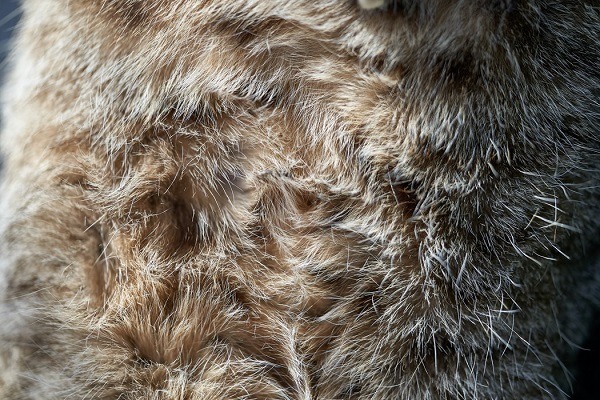Starting a vegan diet can take a while to get accustomed to, but following vegan fashion can be more difficult because it’s not easy to find materials that don’t come from animals. However, because the number of vegans has increased exponentially in the past few years, social media, various businesses, and fashion brands are acknowledging their needs for products that don’t contain animal-derived materials. If you’re one of those people, you might want some guidance in this regard. In this guide, we’ll provide you with a couple of tips to help you get vegan-approved clothing.
Shop at Well-known Vegan Brand
As novel as the idea might sound to some people, you’d be surprised by how many brands there are that are actually vegan. While shopping for these brands, you won’t have to check the materials or read the labels with every piece. Some stores even have a vegan section, in which you’ll find articles of clothing that don’t contain any animal material. Some brands like Moo Shoes and Target will offer a variety of clothes for their vegan customers. Moreover, it is important that you do your research before going into any store. You should also check whether or not the clothes you choose are PETA-approved (does not contain animal-derived material).
Read the Labels
In case you can’t find a vegan brand store nearby, you’ll have to shop for vegan clothes on your own, which means that you’ll have to look up the labels and the materials to ensure that everything is man-made. Some materials won’t necessarily come from animals but will hurt animals. It is also advised that you check the labels of vegan clothes just to be on the safe side. If you’re purchasing vegan purses, you’ll be immediately able to notice whether or not they’re made from animal skin, like snakeskin or croc. However, you may not notice materials like animal-based dyes, glues, and feathers, which can be used for stuffing jackets or as a trim.
Find Alternatives
Going vegan when choosing your clothes doesn’t mean that your shopping trips will be longer and harder to get through. In reality, you’ll find multiple alternatives to animal-derived materials like fur, silk, and wool. However, to know that you’re getting the best alternatives, you’ll also have to carefully read the labels. Bear in mind that not all materials are equally sustainable; some materials can be the better alternative. You can take a look at the list of alternatives here to know what you should look for.
Fur
As you may already know, fur is a luxury material and is acquired from killing animals like rabbits, foxes, beavers, cats, dogs, seals, etc. So, if you want to stand against the cruelty of killing these animals, you can get the best alternative: faux fur, which is made of polyester and synthetic materials. Unfortunately, faux fur isn’t as soft or high in quality as the real deal, but it’s certainly better since you’re not indirectly contributing to the killing of these animals.
Silk
Another popular material that vegans tend to avoid is silk, mainly because it is acquired from the cocoon of the silkworms, which they create before turning into moths. When the silk is removed, the cocoons are placed in boiled water, which means that the worms are boiled alive. If you don’t feel comfortable with that fact, you might want to try a popular vegan alternative for silk, like rayon, which is made of wood pulp. Rayon is more durable and affordable than silk, which really makes it the better option. However, because rayon can only be dry-cleaned, you might opt for a better option, like modal, which is silkier and higher in quality than rayon or silk. Like rayon, modal is also made of wood pulp, but it can be wash-machined.
Wool
It is needless to say that wool is provided by a cruel wool industry that cuts parts of the tail of their animals to avoid unsightly infections, which is a cheaper option than providing these animals with proper veterinary treatments. Luckily, you can avoid this by investing in cotton, which won’t be as warm as wool sweaters, but it is still breathable and much easier to maintain. You can also get acrylic-based clothes, but since acrylic is bad for the environment, it might not be the best alternative for wool.
Now that you know some expert tips on how to choose your clothing based on vegan practices, shopping will be much easier. This can require a lot of time and research at the beginning, but once you get used to it, choosing vegan-friendly clothes will be like second nature to you. Make sure to always check on PETA’s list of animal-unfriendly materials to be up-to-date with the materials that you should get.


